Get to grips with the some of the more obscure tasting notes used by wine experts, with graphics from the Decanter design team...
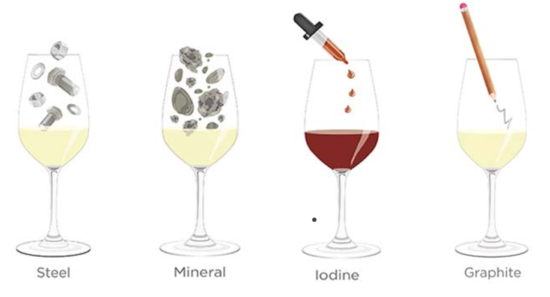
Steely
Steely is a term commonly used to promote fashionable dry white wines, but what does it mean in the mouth? It describes a metallic flavour and a firm mouthfeel. Generally these wines are low in alcohol, high in acidity, with distinguished minerality. In this way it’s aligned with notes like flint and graphite.
Examples include cool climate wines, like Rieslings from Germany, Alsace, Austria or Eden Valley in Australia.
It’s also associated with Austria’s most widely planted grape variety, Grüner Veltliner, and is often considered a trademark of fine Chardonnay wines from Chablis.
There is some crossover between metallic and mineral wines, and opinion is divided about whether these flavours are derived directly from the soil, or whether it’s simply an effect created by clean and neutral wines; absent of sweetness or strong fruit flavours, but with a solid acidic structure. In the same vein as mineral wines, steely wines often express floral, green apple or citrus flavours and aromas, rather than sweet fruity notes.
As with tannins in red wines, it’s acidity that changes the mouthfeel of white wines. Steely wines can feel almost hard-edged in the mouth; something that’s usually desirable, rather than a flabby wine, and it should bode well for the ageing potential of the wine too.
Mineral
This common description can be used to describe both red and white wines, although it is more common with whites. It is a positive attribute that can be associated with the acidity of the wine, but also the aroma; for example slate, gun flint or wet stones.
The use and meaning of minerality is hotly debated and there is no chemical evidence that shows a mineral aroma or flavour is related to a specific mineral or nutrient in the soil or in wine. Therefore, while we use mineral or minerality often as a descriptor it is still quite a mystery as to what causes this sensation.
Graphite
Graphite is a common descriptor, especially for fine red wines, signifying notes of pencil lead or a lead-like minerality. Some claim the aromas and flavours come from the wine’s contact with wood during oak maturation. However, others, especially producers in Bierzo and Priorat in Spain, believe that terroir contributes these characters – thus their slate soils provide a graphite taste to the wine. If you are unsure what graphite smells like, try sharpening an HB pencil.
Iodine
Associated with Syrah, particularly from the northern Rhône, as well as Sangiovese in Tuscany, iodine or blood-like notes are derived from the grape or the terroir rather than the addition of the element itself. Some say iodine aromas are increased if vines are planted closer to the sea as well.
It should be mentioned that when fruit has succumbed to excess rot, the resulting wine may also have iodine or phenol aromas, and in this case it is considered a fault.
Translated by ICY
All rights reserved by Future plc. No part of this publication may be reproduced, distributed or transmitted in any form or by any means without the prior written permission of Decanter.
Only Official Media Partners (see About us) of DecanterChina.com may republish part of the content from the site without prior permission under strict Terms & Conditions. Contact china@decanter.com to learn about how to become an Official Media Partner of DecanterChina.com.

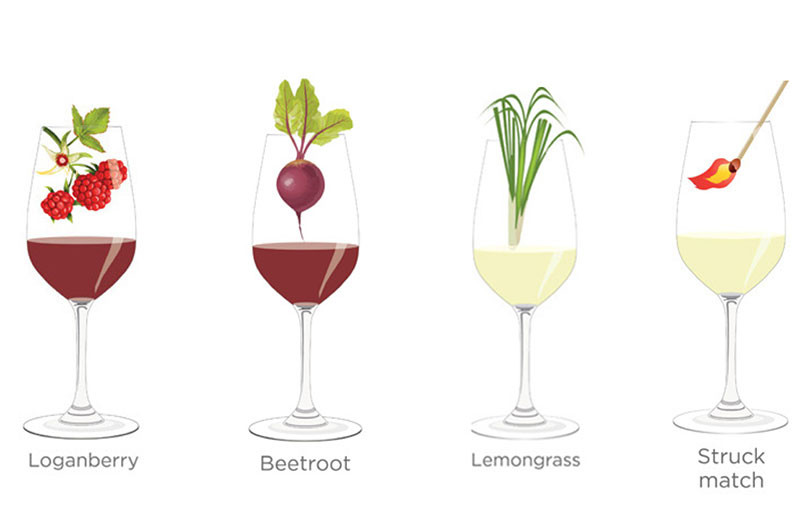
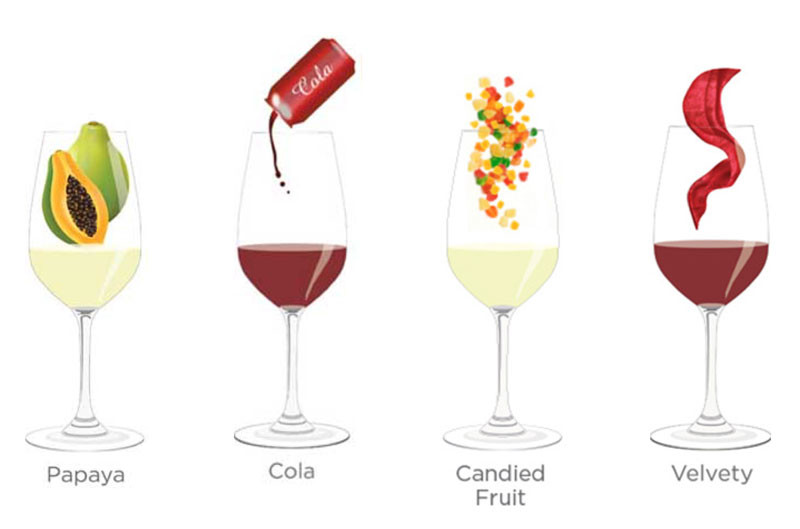
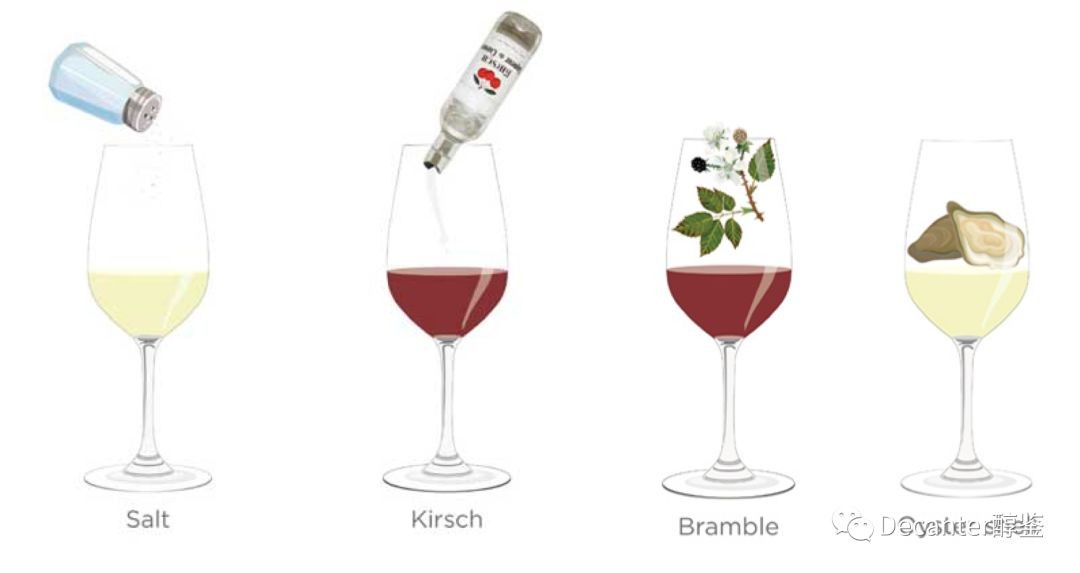
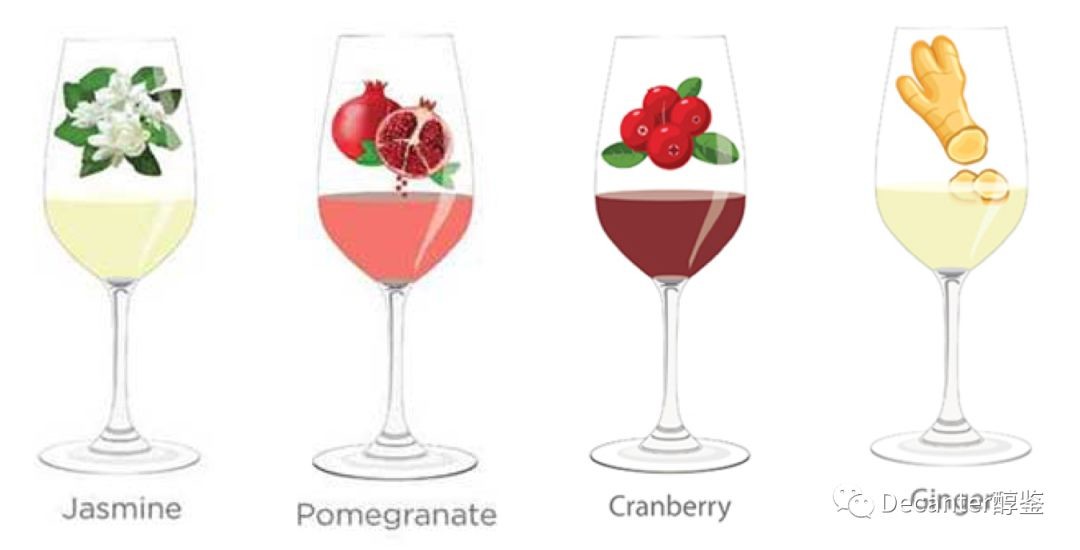
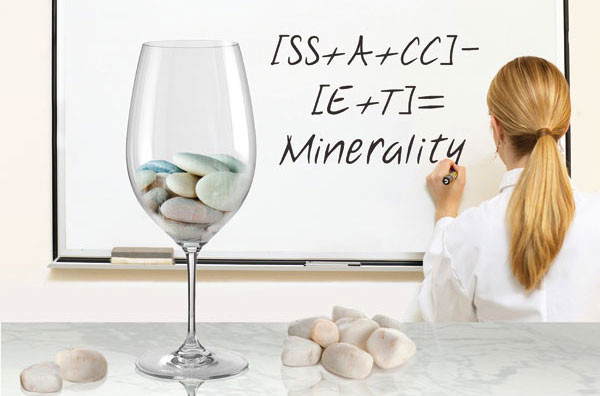
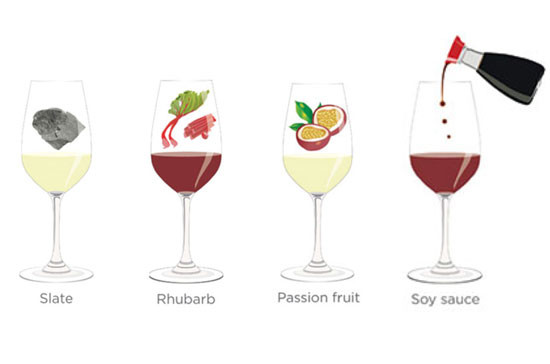
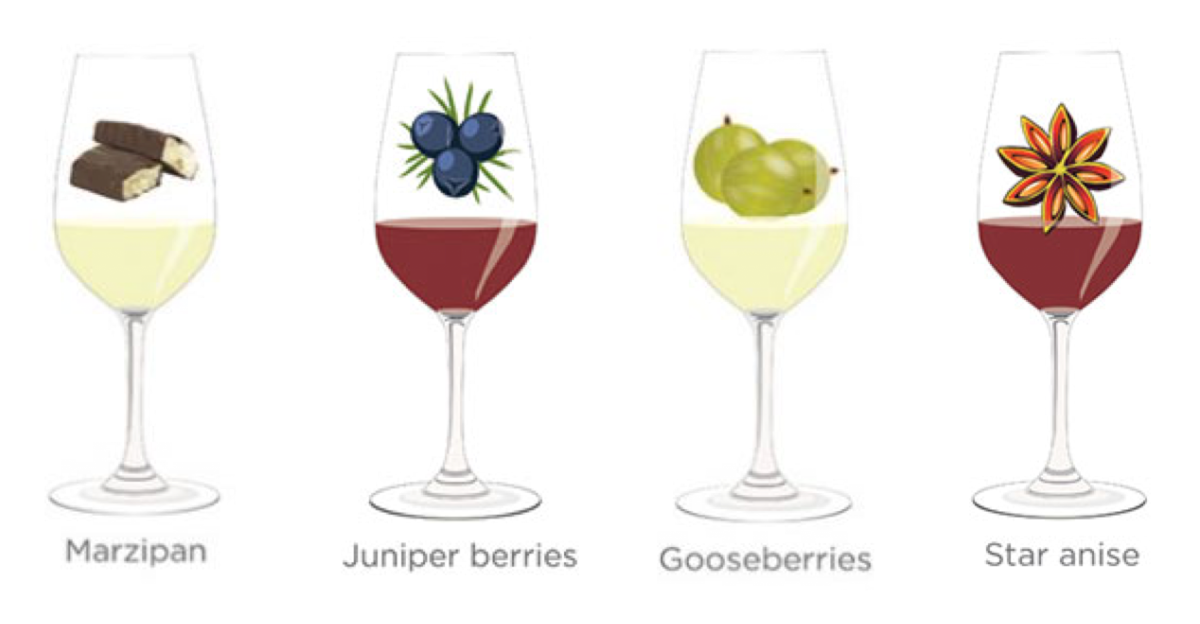
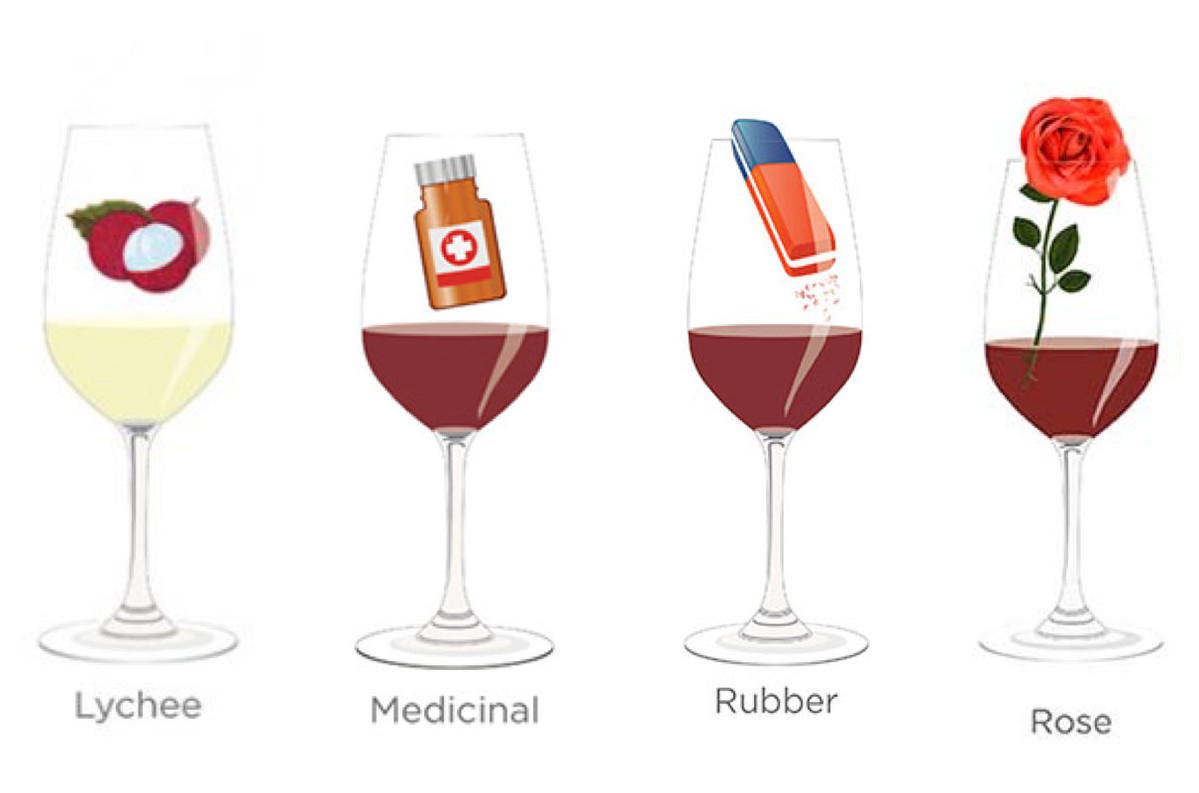
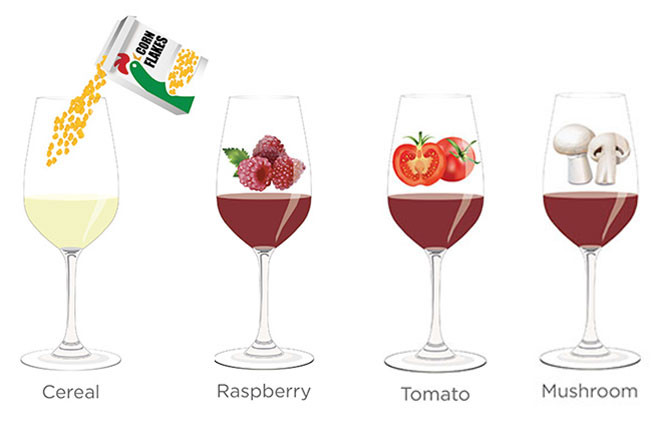
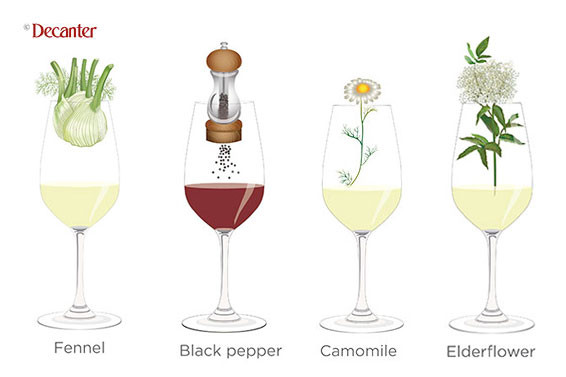
Comments
Submit